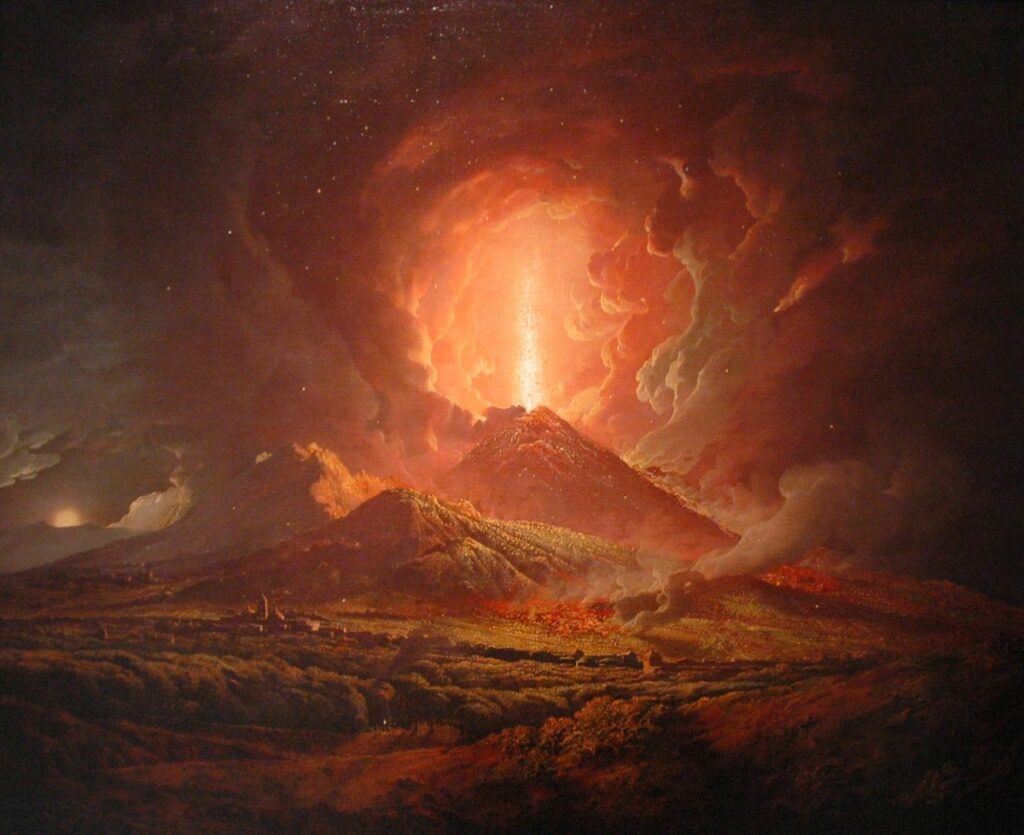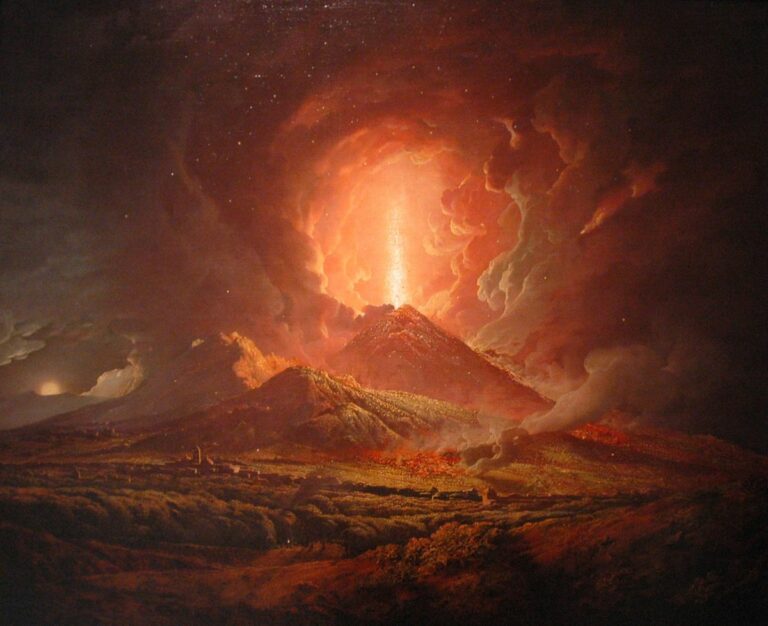The deciphering of the ancient scrolls entombed by Mt. Vesuvius is nearing completion by scientists.
For centuries, these texts have been frozen in time. What will they say?

Following the eruption of Mount Vesuvius in 79 A.D., numerous scrolls were buried, and with the help of artificial intelligence (AI), scholars believe they can now decipher them.
Due to the charred state of the scrolls, X-ray images are required to examine the ink layers since the scrolls cannot be unfurled. To encourage others to aid in the decryption of the scrolls, a Vesuvius Challenge has been initiated by a professor from the University of Kentucky.
The eruption of Mount Vesuvius in 79 A.D. led to the burial of over 600 scrolls containing potentially valuable information from that time, including previously unknown poems by the Greek poet Sappho and early Christian philosophy. However, these scrolls cannot be read due to being charred shut. Researchers are optimistic that artificial intelligence can assist in unlocking the content of two particular scrolls, with a prize money of $250,000 as an incentive. The volcanic eruption caused the demise of thousands of people in Pompeii and Herculaneum, and it also halted time in those cities. The heat of the disaster carbonized several scrolls, including two, now kept at the Institut de France, discovered during the 1750s excavation of a villa that some suggest was possessed by Julius Caesar’s father-in-law. Even though most ancient texts from that era have decomposed over time, these scrolls have endured.
The objective of uncovering the mysteries concealed within the preserved scrolls has prompted Brent Seales, a professor from the University of Kentucky, to launch the Vesuvius Challenge. The challenge calls upon people worldwide to assist in sorting through the data that Seales and his team have gathered.
According to Curiosmos, the team has developed an AI program that utilizes X-ray images of the papyrus and feeds them into an algorithm, enabling the deciphering of Greek letters and symbols contained in multiple layers of the rolled scroll. The program can distinguish between the thin layers of the rolled-up papyrus, facilitating the translation of the scroll.
The X-ray images are available to research teams that participate in the Vesuvius Challenge, which offers a reward of $150,000 to the first team to decode four passages of text from inside the scrolls by 2023. The challenge includes a total prize money of up to $250,000. The content of the scrolls remains a mystery, leaving room for endless possibilities.
Do not forget to share your opinion with us to provide you with the best posts !




0 Comments